References:
1. Wang, H., Yang, H., Shivalila, C.S., Dawlaty, M.M., Cheng, A.W., Zhang, F., and Jaenisch, R. One-step generation of mice carrying mutations in multiple genes by CRISPR/Cas-mediated genome engineering. Cell. (2013); 153: 910-918.
2. Hsu, Patrick D., Lander E., and Zhang F. (2014). Development and Applications of CRISPR-Cas9 for Genome Engineering. Cell, Volume 157, Issue 6, 1262 - 1278.
3. Tschaharganeh, D., Lowe, S., Garippa, R., & Livshits, G. (2016). Using CRISPR/Cas to study gene function and model disease in vivo. Febs Journal, 283(17), 3194-3203.
4. Yang H., Wang H., and Jaenisch R. (2014) Generating genetically modified mice using CRISPR/Cas-mediated genome engineering. Nature Protocols 9, 1956-1968.
5. Singh P, Schimenti J.C., Bolcun-Filas E. (2015) A Mouse Geneticist's Practical Guide to CRISPR Applications. Genetics January 1, vol. 199 no. 1 1-15.
6. Webinar: The Evolution of CRISPR/Cas9 in Mouse Model Generation.
7. Pavlovic G., Erbs V., André P., Jacquot S., Eisenman B., Dreyer D., Lorentz R., Lindner L, Schaeffer L, Wattenhofer-Donzé M., Birling MC., Hérault Y. (2016) Generation of targeted overexpressing models by CRISPR/Cas9 and need of careful validation of your knock-in line obtained by nuclease genome editing.
8. Li J, Shou J, Guo Y, et al. (2015) Efficient inversions and duplications of mammalian regulatory DNA elements and gene clusters by CRISPR/Cas9. Journal of Molecular Cell Biology; 7(4):284-298.
9. Yen, S., Zhang, M., Deng, J., Usman, S., Smith, C., Parker-Thornburg, J., Swinton, P., Martin, J., & Behringer, R. (2014). Somatic mosaicism and allele complexity induced by CRISPR/Cas9 RNA injections in mouse zygotes. Developmental Biology, 393(1), 3-9.
10. Oliver D, Yuan S, McSwiggin H, Yan W (2015) Pervasive Genotypic Mosaicism in Founder Mice Derived from Genome Editing through Pronuclear Injection. PLoS ONE 10(6): e0129457.
11. Yang, H., Wang H., Shivalila C.S., Cheng A.W., Shi L., Jaenisch R. et al. (2013) One-Step Generation of Mice Carrying Reporter and Conditional Alleles by CRISPR/Cas-Mediated Genome Engineering. Cell, Volume 154, Issue 6, 1370 - 1379.
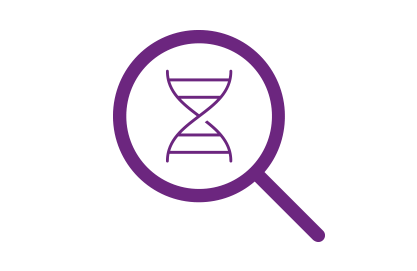 Key Takeaways
Key Takeaways

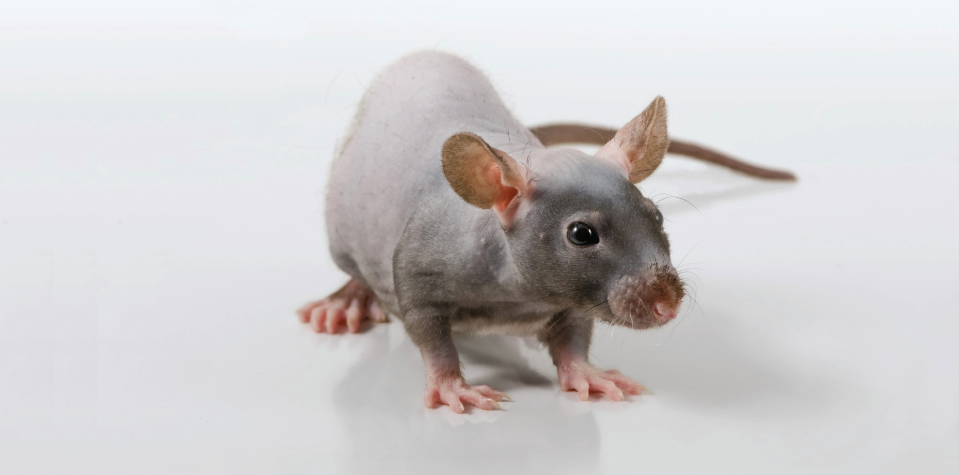

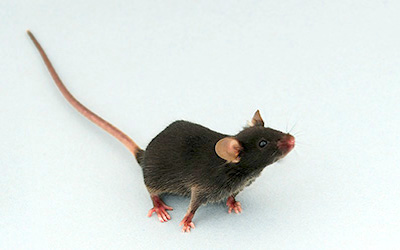
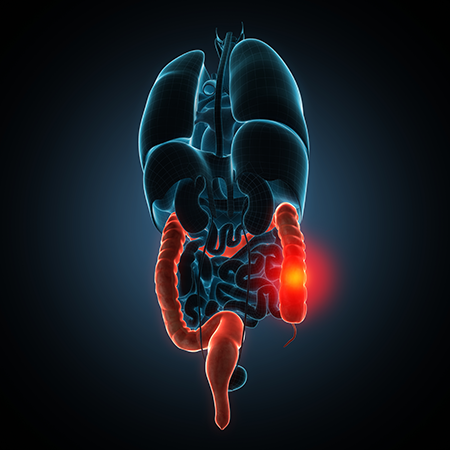




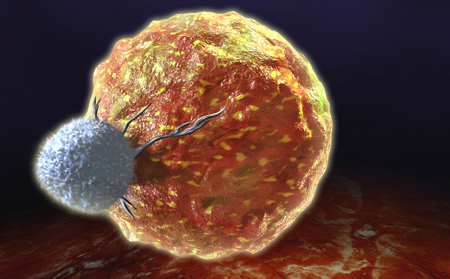

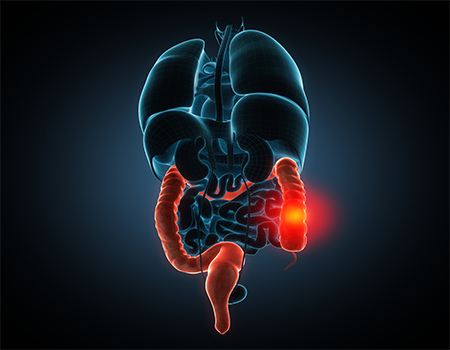
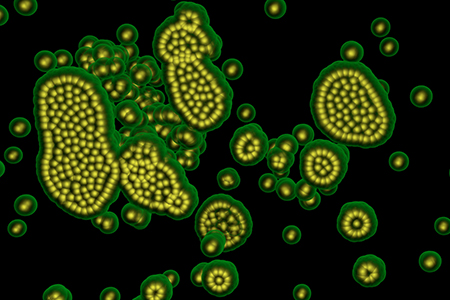

.jpg)

.jpg)
.jpg)
.jpg)
.jpg)




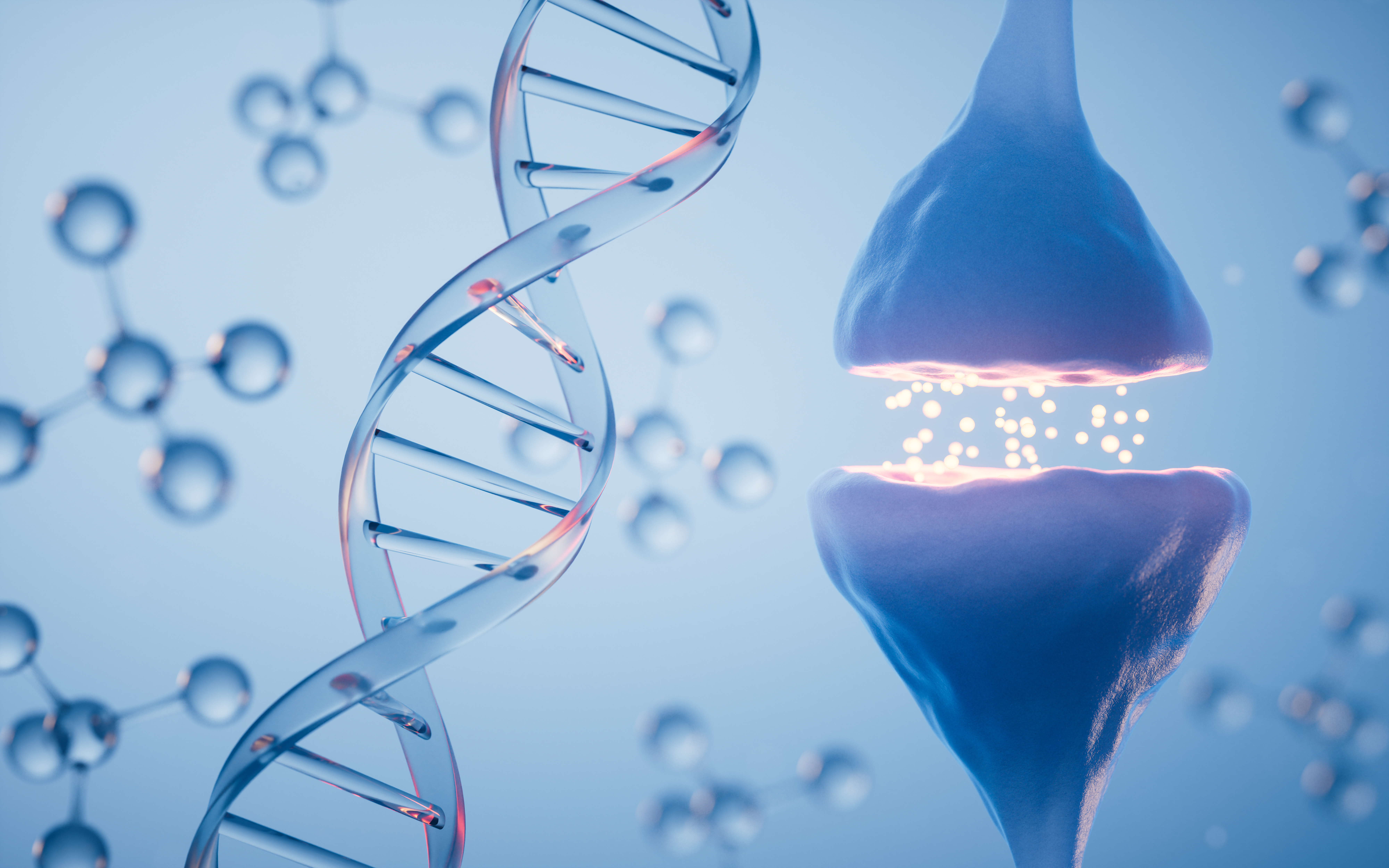
.jpg)


.jpg)
.jpg)

.jpg)


.jpg)





.jpg)

.jpg)





